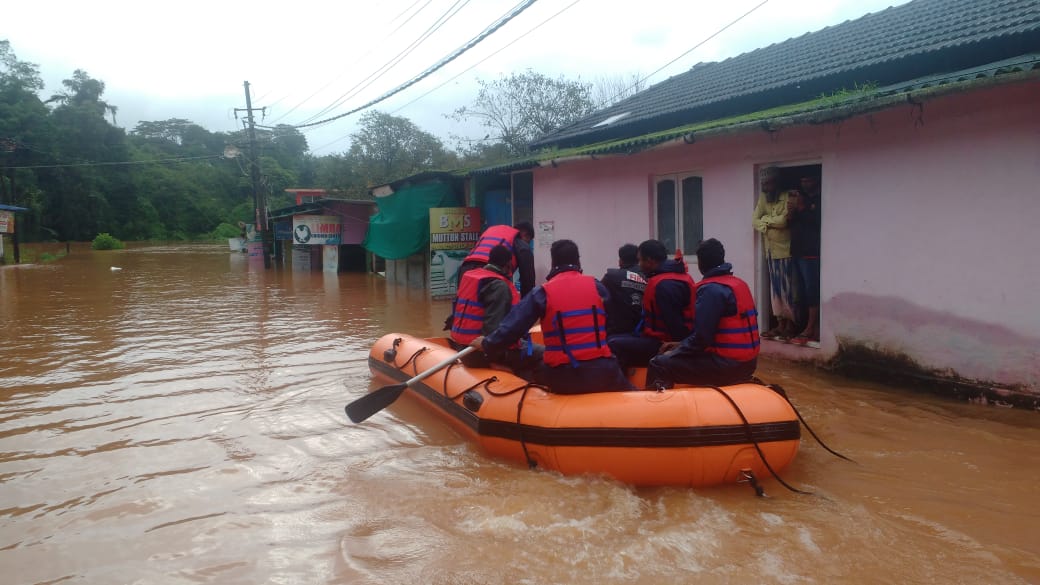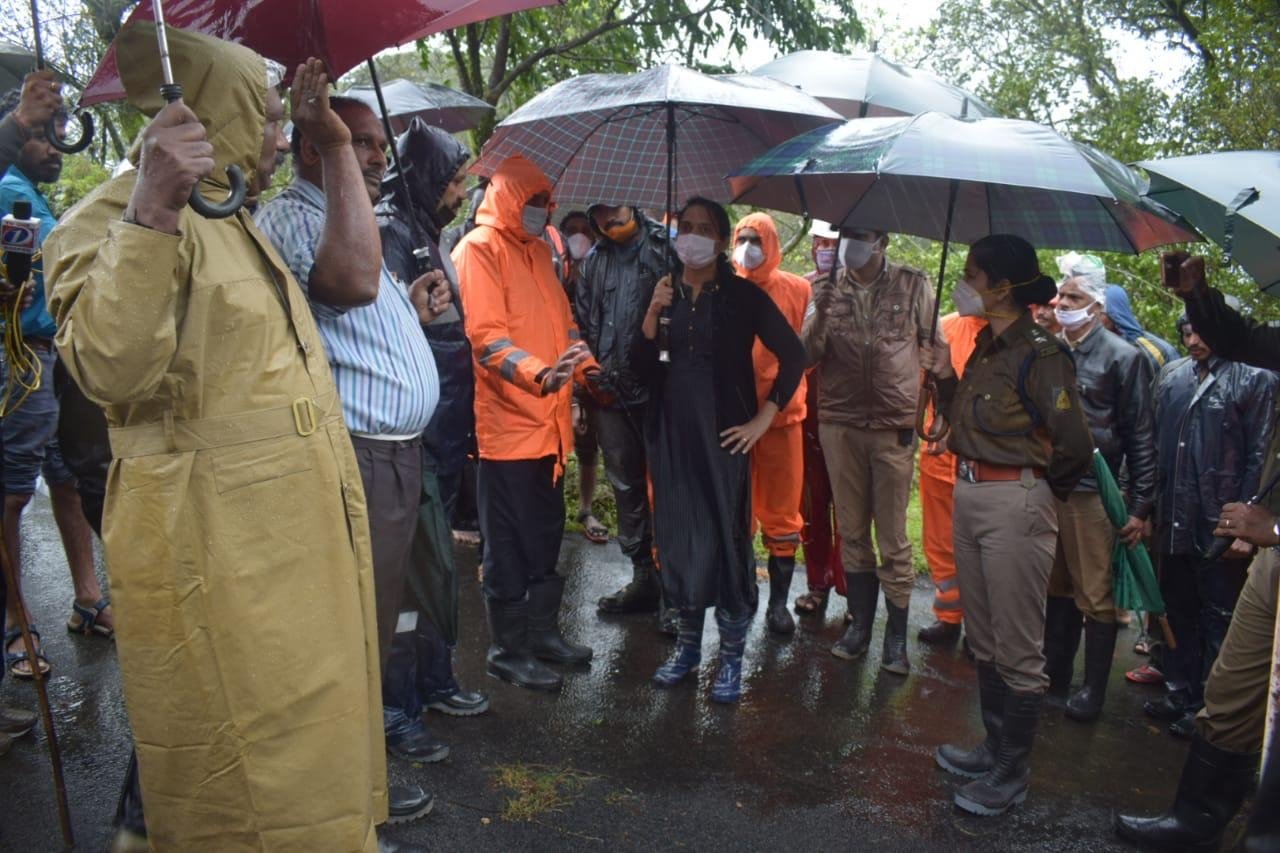
5 missing after multiple landslides in Kodagu, one body recovered
After a massive landslide in Kodagu’s Talakaveri area, rescue and relief personnel have recovered only one of the five bodies suspected to be buried under the debris.

After a massive landslide in Kodagu’s Talakaveri area, rescue and relief personnel have recovered only one of the five bodies suspected to be buried under the debris.
The Brahmagiri hills caved in on Thursday (August 7) night due to the landslide and wreaked havoc in the region.
A hill caved in at Cherangala, near Bhagamandala and the rains washed away a bridge in the village. The houses of a temple priest at Talakaveri and two others were destroyed and buried under mud.
According to the district administration, a total of 14 landslides occurred in the district.
The missing persons are T S Narayanachar, chief priest of Talakaveri temple, his wife Shantha Narayana, brother-in-law Ananda Thirtha, and relatives Ravikiran Bhat and Pavan Bhat, who worked as assistant priests.
Mathari M Raja, a panchayat member said that while the landslide happened in the hilly region, the unending rains flooded paddy fields and coffee plantations, resulting in crop damage and financial losses.

“Besides the priest family, we see no one else missing for now. But the floods damaged a lot of crops belonging to small and marginal farmers,” Raja said. “Following last year’s floods, many were prepared for what was going to come. But since the rains come during cropping season, some find it hard to leave the farms and move to relief camps,” he explained.
Speaking to The Federal, Kodagu (Coorg) Superintendent of Police Kshama Mishra said the landslides and torrential rains inundated several villages, roads and bridges and have delayed their rescue operations. With the place filled with loose soil and slush, the area remained slippery and hampered rescue efforts.
“So far, we could recover only one of the bodies from the debris and the relatives of the deceased are on their way to the spot. They are yet to identify the body,” she said even as her team and the NDRF coordinated with villagers in the rescue effort.
The NDRF team rescued a three-month-old baby along with her family members in Kodagu. According to the district administration, 561 people were rescued in the floods and nine relief camps were set up across the district.
Officials said earth-movers could not enter the area and that the rubble would have to be cleared manually since the danger of machines sliding away too prevailed.
Villages Nelyahudikeri, Karadigodu, Guhya, Hodavada, and Bhethri remained submerged in the floodwater. The coastal districts of Udupi and Mangaluru too were affected by the incessant rains over the past week.
District incharge minister V Somanna said people in low-lying areas, Ayyappa Hill and Malethirike Hill in Virajpet were asked to move to safe places. Relief camps were set up in Karadigodu near Siddapur, Nellihudikeri, and Virajpet.
With the rains in Kodagu in Western Ghats increasing the inflow of water in the reservoirs of the Cauvery basin, the Karnataka government released 75,000 cusecs of water from the Krishnarajasagar (KRS) dam on Saturday.
Kervashe and Marne in Karkala Taluk of Udupi district, and Mardhala in Puttur Taluk of Dakshina Kannada district received the highest rainfall of 200-210 mm in a single day on Friday (August 7). The mainland and coastal region received two-three times more than the normal rainfall in the past week.
The Charmadi Ghat Road, connecting coastal Karnataka with rest of the state remained shut with multiple landslides along the road. The district administration banned vehicular traffic on the Charmadi Ghat road till August 11.
The reservoirs in the Cauvery basin and Krishna basin were brimming with water, with the levels reaching 70-80 percent of its full storage capacity.


